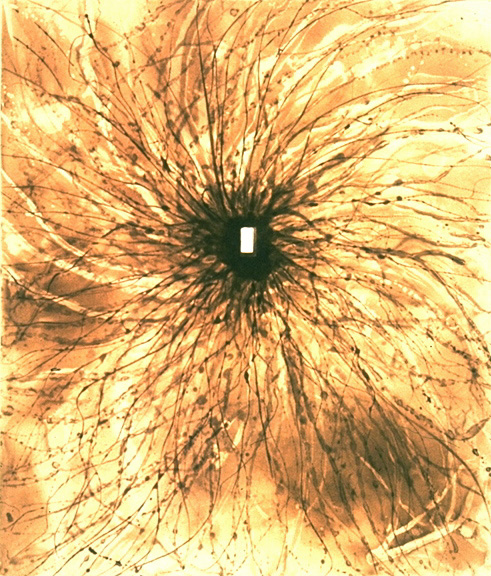
Spit bite aquatint.
28 x 24"; 36 x 30¾". 20.
Crown Point Press and Lawrence Hamlin.
$7,500 fair market value Unavailable
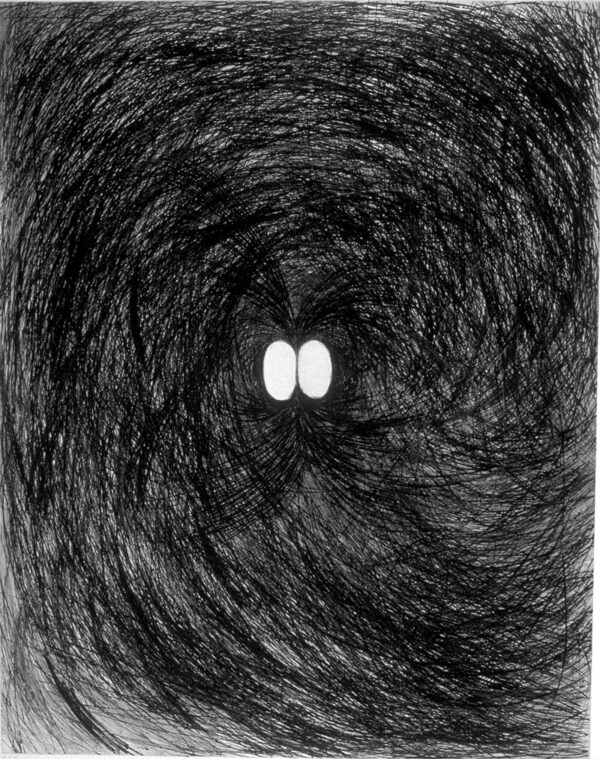
Drypoint.
45 x 36"; 47 x 38". 15.
Crown Point Press and Lawrence Hamlin.
$10,000 fair market value Proof AvailableProof Available
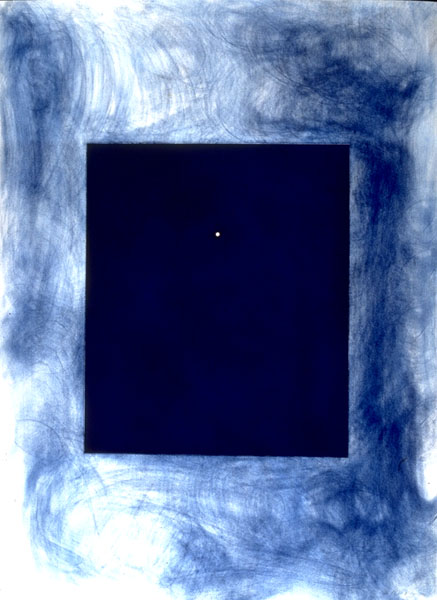
Aquatint with hand-applied pigment.
28 x 24"; 54¼ x 41". 9.
Crown Point Press and Lawrence Hamlin.
$40,000 fair market value Unavailable

Spit bite aquatint.
45 x 36"; 53 x 43". 15.
Crown Point Press and Lawrence Hamlin.
$10,000 fair market value Unavailable
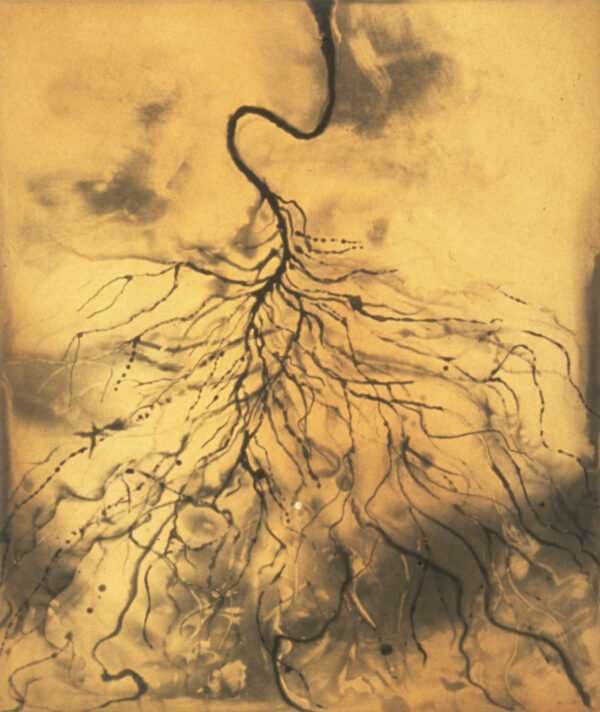
Aquatint with spit bite aquatint printed in sepia and black.
28 x 24"; 36 x 30¾". 20.
Crown Point Press and Lawrence Hamlin.
$7,500 fair market value Unavailable
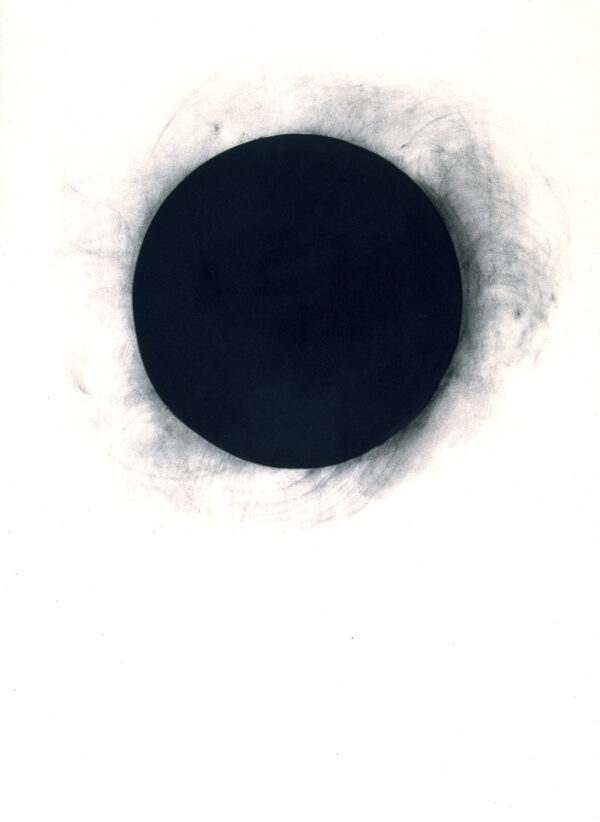
Aquatint with hand-applied pigment.
28 x 24"; 40 x 34". 9.
Crown Point Press and Lawrence Hamlin.
$40,000 fair market value Unavailable
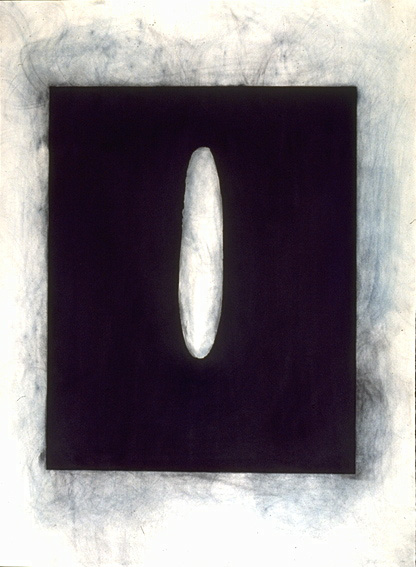
Aquatint with hand-applied pigment.
36 x 29"; 54¼ x 41". 9.
Crown Point Press and Lawrence Hamlin.
$40,000 fair market value Unavailable
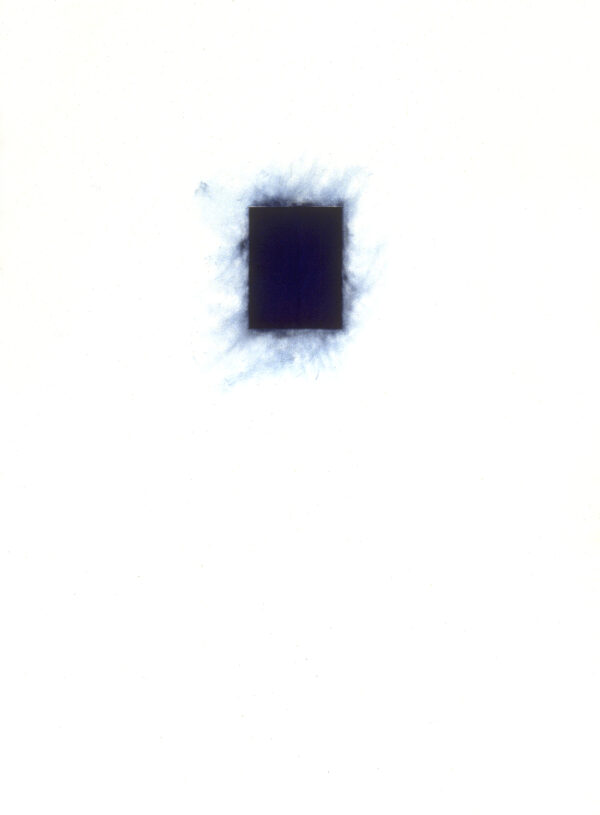
Aquatint with hand-applied pigment.
8 x 6"; 54¼ x 41". 13.
Crown Point Press and Lawrence Hamlin.
$40,000 fair market value Unavailable
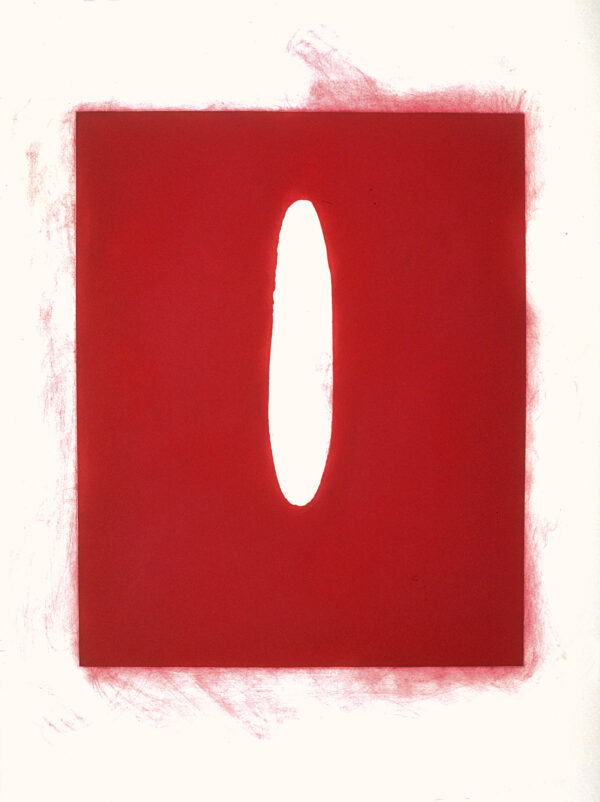
Aquatint with hand-applied pigment.
19¾ x 5½"; 44 x 30". 9.
Crown Point Press and Lawrence Hamlin.
$40,000 fair market value Unavailable

Spit bite aquatint.
28 x 24"; 40 x 34". 15.
Crown Point Press and Lawrence Hamlin.
$10,000 InquireInquire

Set of two color woodcuts.
each 20½ x 19½"; each 27½ x 23½". 75.
Crown Point Press and Tadashi Toda.
$14,500 fair market value Unavailable
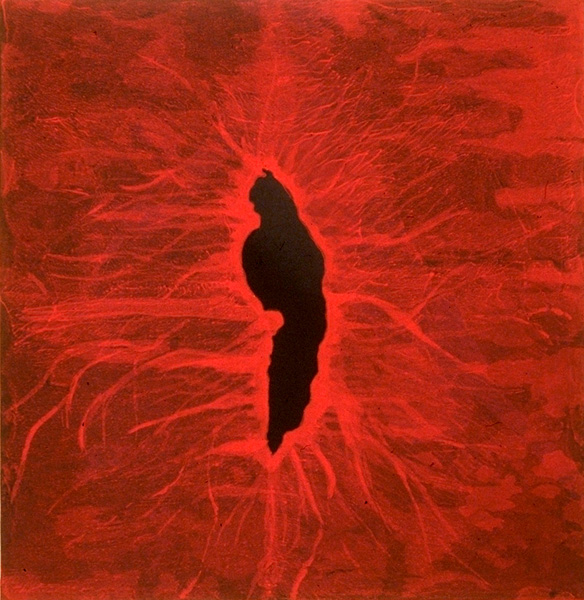
Color woodcut.
20½ x 19½"; 27½ x 23½". 75.
Crown Point Press and Tadashi Toda.
$7,500 fair market value Unavailable

Color woodcut.
20½ x 19½"; 27½ x 23½". 75.
Crown Point Press and Tadashi Toda.
$7,500 fair market value Unavailable
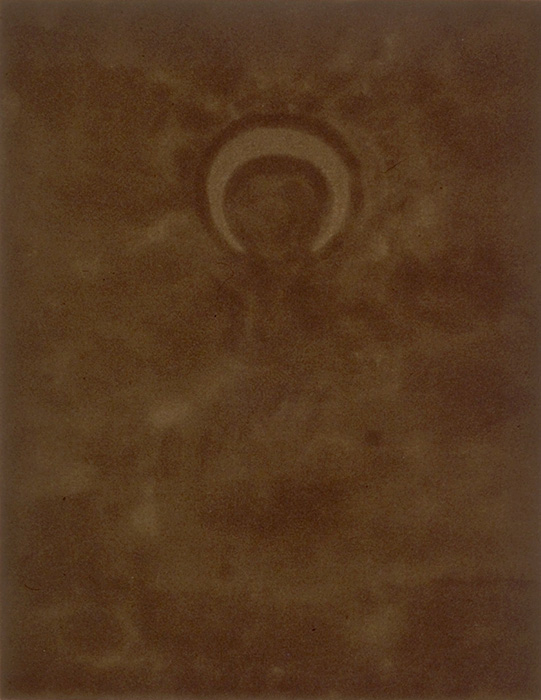
Color aquatint.
18 x 14"; 26¾ x 20½". 20.
Crown Point Press and Lawrence Hamlin.
$5,000 InquireInquire

Color aquatint.
17¾ x 13¾"; 23 x 18". 20.
Crown Point Press and Lawrence Hamlin.
$5,000 InquireInquire

Color aquatint.
17¾ x 13¾"; 27¼ x 20". 20.
Crown Point Press and Lawrence Hamlin.
$5,000 InquireInquire
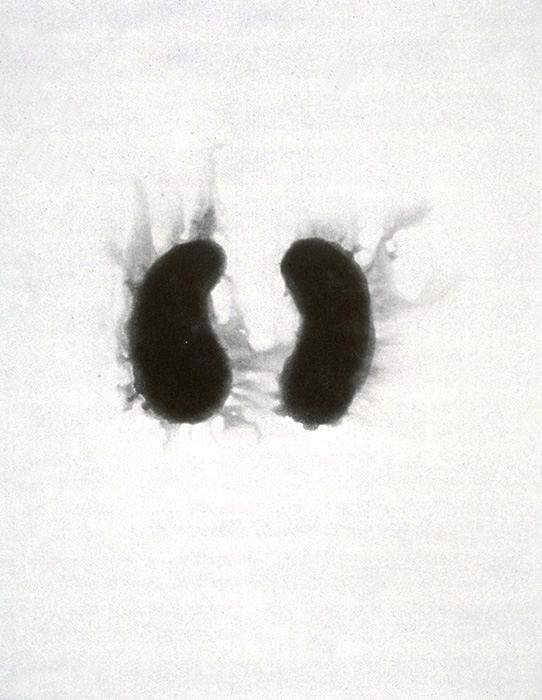
Spit bite aquatint with aquatint.
18 x 14"; 23 x 18¼". 20.
Crown Point Press and Lawrence Hamlin.
$5,000 fair market value Unavailable
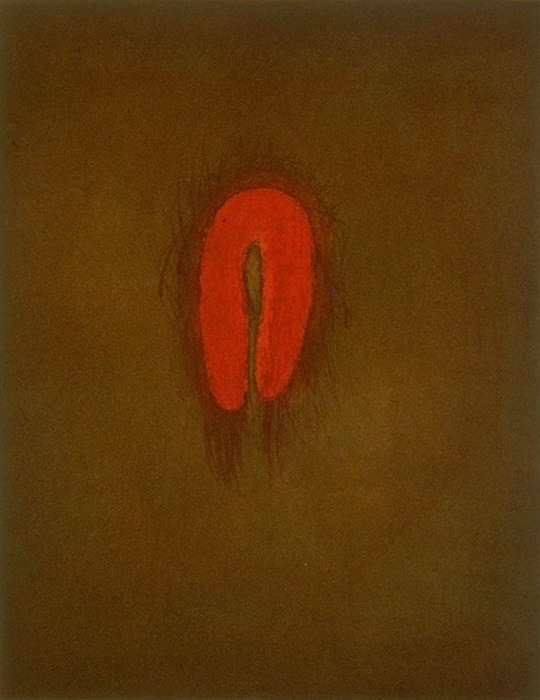
Color spit bite aquatint with aquatint.
17¾ x 14"; 26¾ x 20¼". 20.
Crown Point Press and Lawrence Hamlin.
$5,000 fair market value Unavailable

Color aquatint.
17¾ x 14"; 26¾ x 20¼". 20.
Crown Point Press and Lawrence Hamlin.
$5,000 fair market value Unavailable

Color aquatint.
17¾ x 14"; 26¾ x 20¼". 20.
Crown Point Press and Lawrence Hamlin.
$5,000 fair market value Unavailable

Color spit bite aquatint with aquatint.
17¾ x 14"; 26¾ x 20¼". 20.
Crown Point Press and Lawrence Hamlin.
$5,000 fair market value Unavailable
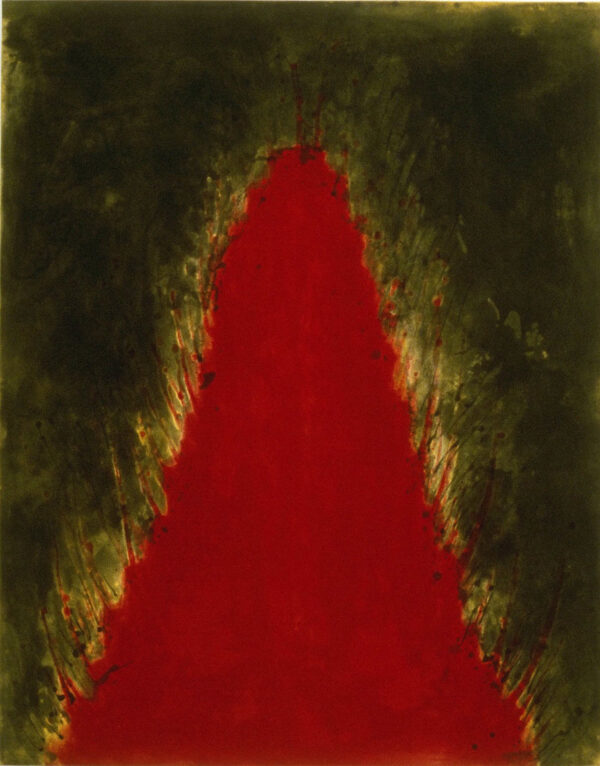
Color spit bite aquatint with aquatint.
45 x 36"; 53 x 42". 20.
Crown Point Press and Lawrence Hamlin.
$10,000 fair market value Unavailable
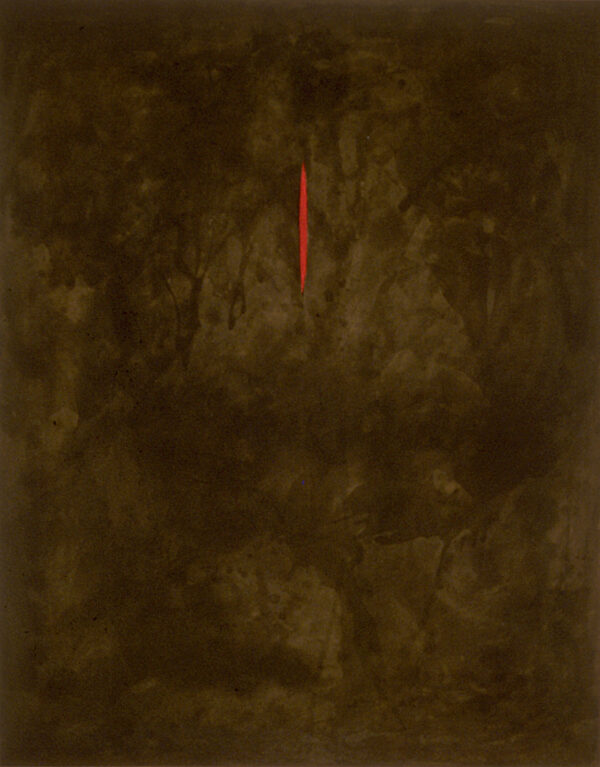
Color spit bite with aquatint.
44½ x 36"; 53 x 42". 20.
Crown Point Press and Lawrence Hamlin.
$10,000 fair market value Unavailable

Color spit bite aquatint with aquatint.
35 x 44½"; 42 x 51½". 20.
Crown Point Press and Lawrence Hamlin.
$10,000 fair market value Proof AvailableProof Available